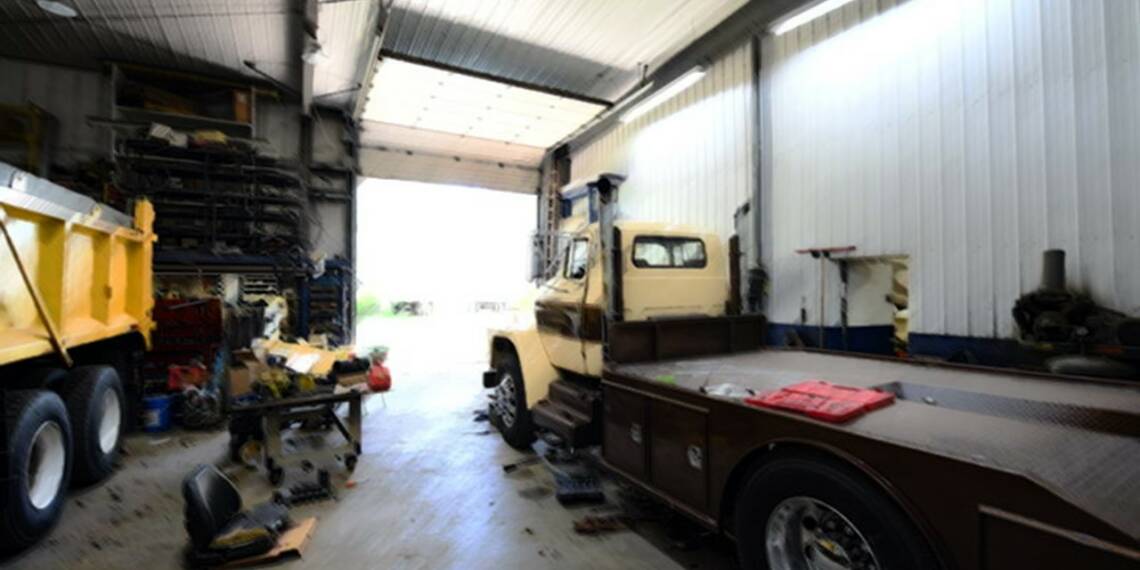Steel Buildings benefits: Steel is a versatile construction material with extensive applications in diverse building projects. Moreover, a steel retail building offers an opportunity to merge functionality with aesthetic appeal cost-effectively. With the strength, flexibility, and recyclability of steel, architects and designers can create retail spaces that are efficient, attractive, and sustainable.
The Strength and Adaptability of Steel
One of the fundamental attributes of steel is its strength-to-weight ratio, a quality that facilitates the construction of large, open floor spaces. This feature is crucial for retail buildings requiring wide-open areas for effective merchandise display and customer traffic flow. Steel’s high tensile strength makes it possible to create these spaces without intrusive supporting columns.
Another advantage of steel lies in its adaptability. Steel structures can be easily modified, making them ideal for the evolving needs of retail businesses. This is particularly useful for retail locations that may need to expand, contract, or change the layout of their spaces to meet shifting market demands.
Innovations in Steel Aesthetic Design
Traditionally, steel was viewed purely as a structural component, often hidden behind walls and ceilings. However, modern architecture celebrates steel’s industrial aesthetics, integrating it into visible design elements. Its sleekness and elegance can be used to create minimalist, modern, or even industrial-chic interiors, making a retail building attractive and unique.
Moreover, the ease of fabricating steel into a wide range of shapes and sizes further broadens its design possibilities. This allows for incorporating innovative design elements such as expansive glass facades, unique steel trusses, or dramatic arches into retail buildings.
Sustainability through Steel
Given the mounting concern about climate change, the choice of steel is a sound decision from an environmental perspective. Steel is recyclable; in many places, it’s more cost-effective to recycle steel than to mine and process new materials. This reduces both the carbon footprint and the waste generated by the construction process.
Furthermore, steel buildings are known for their durability and long lifespan, making them a sustainable investment. This longevity translates to reduced costs over time, a feature that benefits the cost-sensitive retail sector.
Cost-effectiveness of Steel Buildings
Beyond the aesthetic and functional advantages, the economics of steel buildings also make them an appealing choice for retail structures. Steel buildings are typically quicker to erect than their concrete counterparts, reducing construction time and labour costs.
In addition, steel’s predictable and precise nature allows for improved planning and waste reduction during construction. Predictability in costs and timelines also aids in efficient project management, enabling retail businesses to better plan and control their capital investments.
Future Trends in Steel Buildings
The potential for intelligent, energy-efficient technologies to be integrated into steel building designs is promising. With advancements in building information modeling (BIM), 3D printing, and smart materials, steel retail buildings can be designed to optimize energy usage, regulate indoor environments, and even adapt to changing weather conditions.
Moreover, as retail trends evolve towards experiential shopping, the flexibility and versatility of steel will continue to play a crucial role. Steel allows designers to reimagine retail spaces beyond traditional constraints, creating immersive and dynamic environments that meet the expectations of modern consumers.
In conclusion, steel offers a powerful medium for creating functional, attractive, and sustainable retail buildings. With its strength, flexibility, aesthetic versatility, and cost-effectiveness, steel is set to continue its reign in the future of retail architecture.
Also Read: Kansas City: Top 5 Tips for Hiring Commercial Cleaning Services








